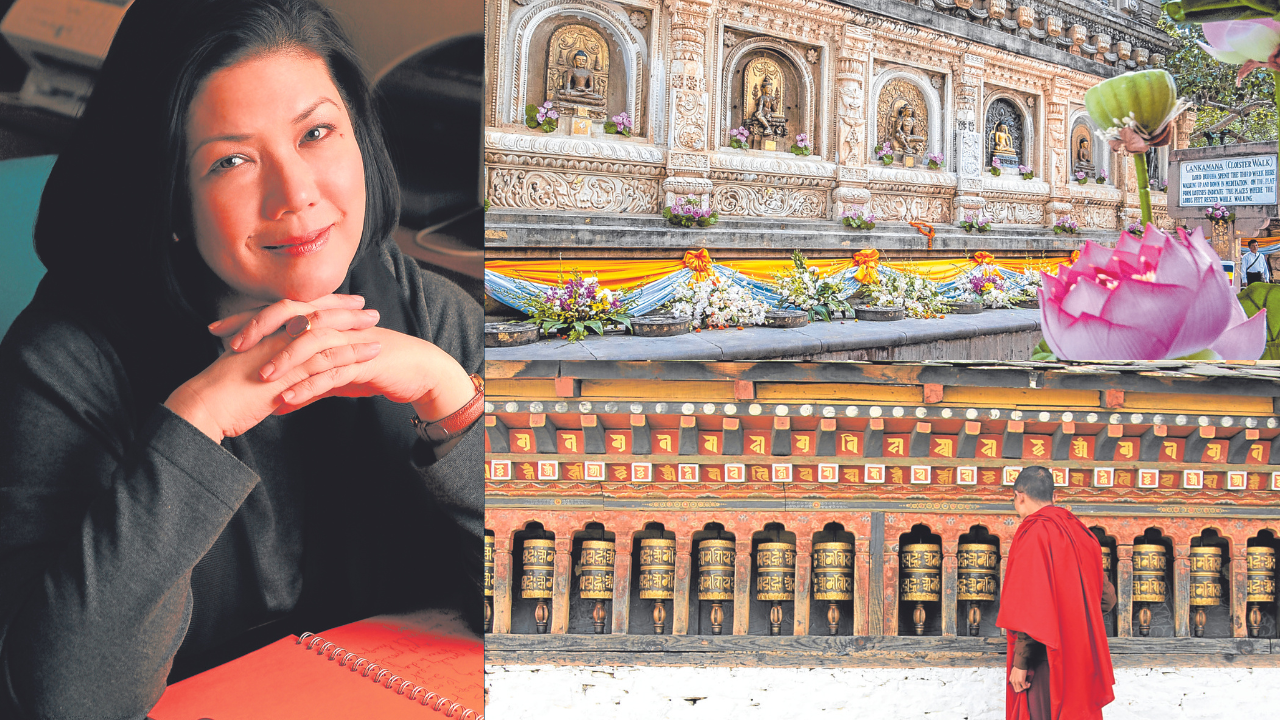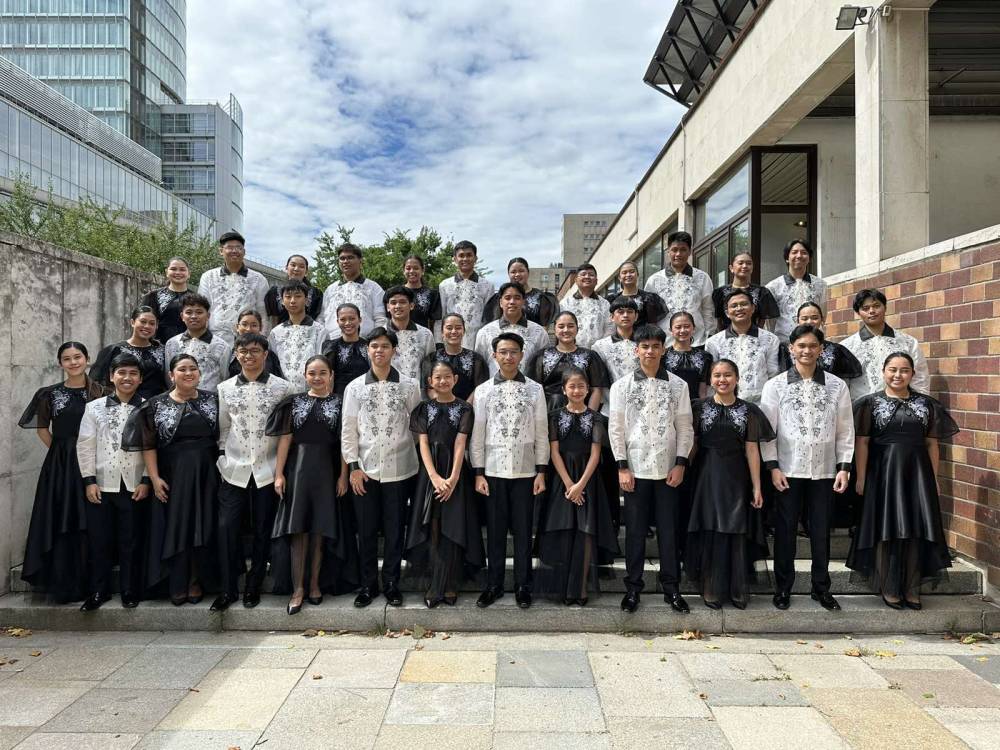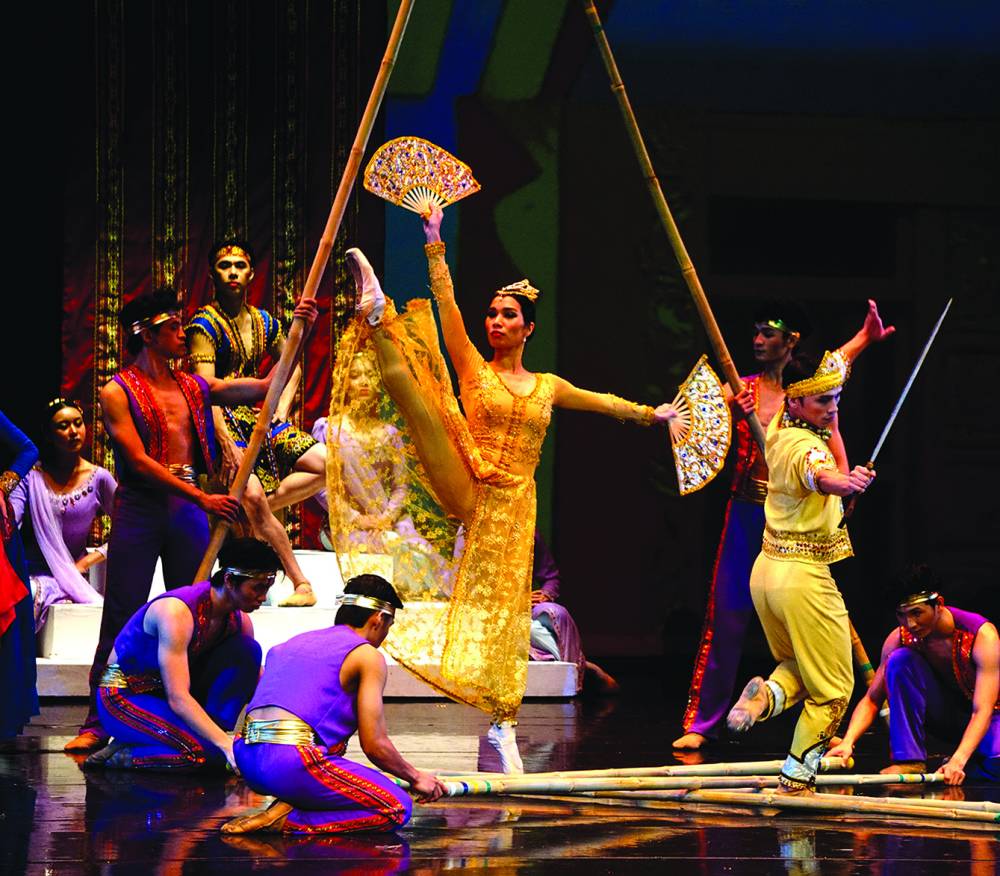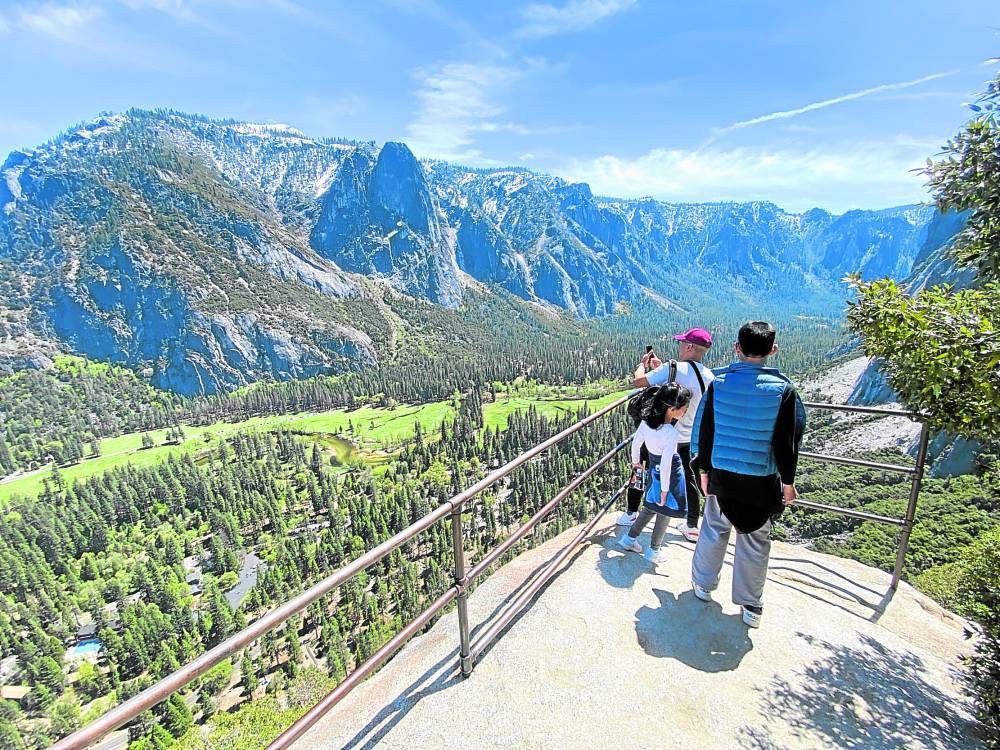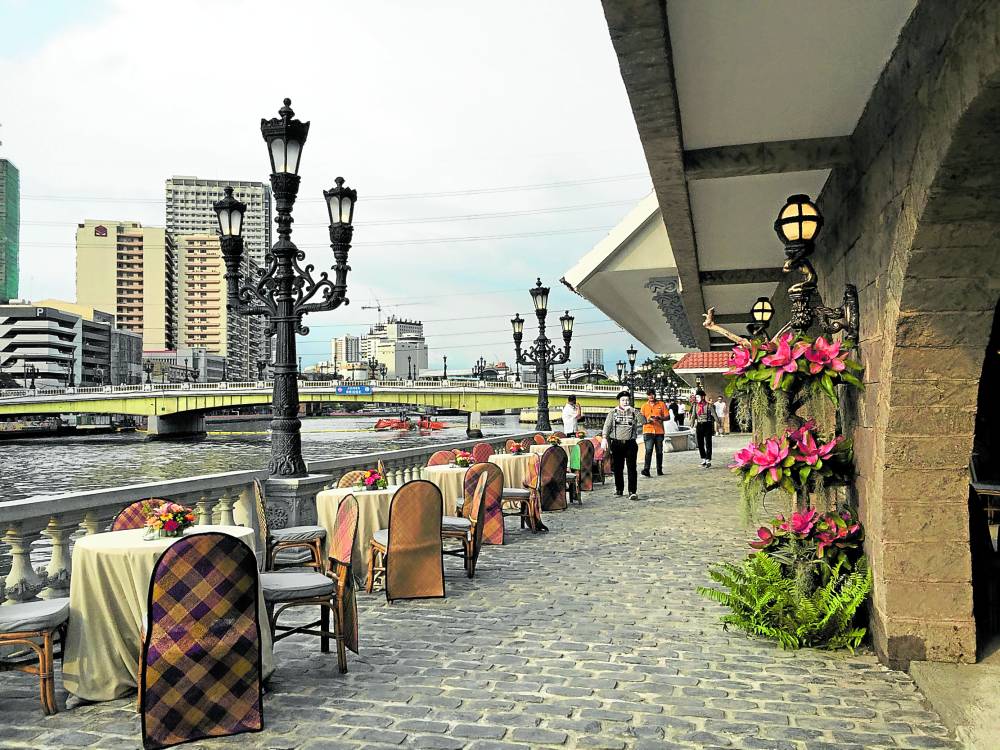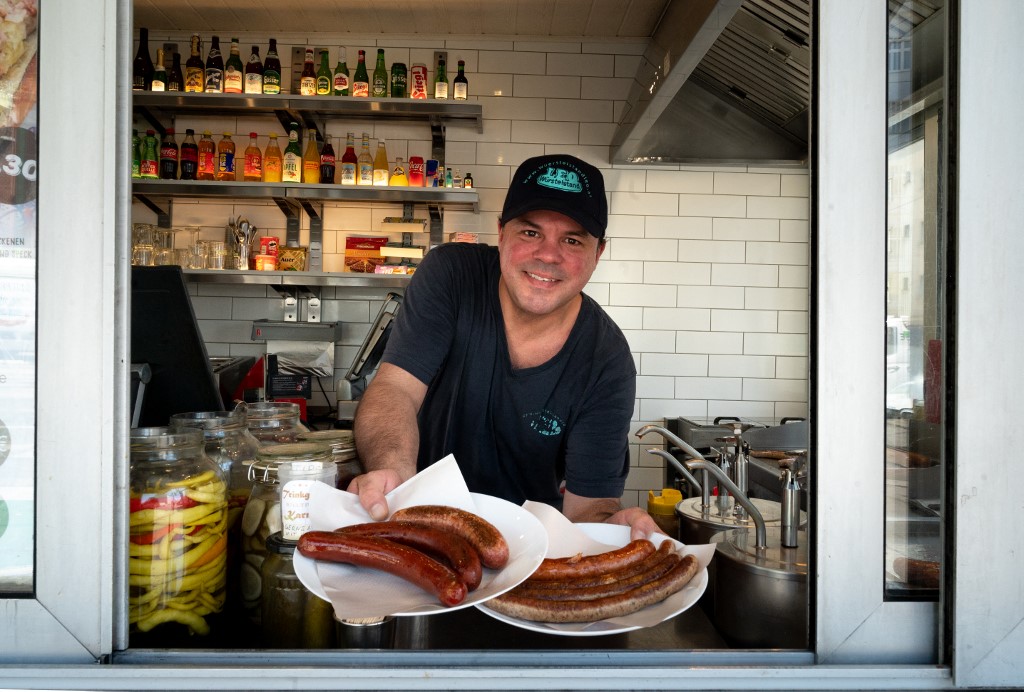Steering clear of the fast lane, writer and inveterate traveler Marie Annette “Tonette” Martel sought the calmer path, which took her on a journey around Asia to discover places of quiet perspectives.
She visited the transcendent temple gardens of rocks and pebbles in Kyoto; bathed in meditative vibes under the Buddha’s bodhi (pipal) tree in Bodh Gaya, East India; welcomed the sunrise along the riverbanks of the sacred Ganges; and experienced renewal via the fluvial parade of fire boats on Mekong River during the Festival of Lights in Luang Prabang, Laos.
Extraordinary adventure
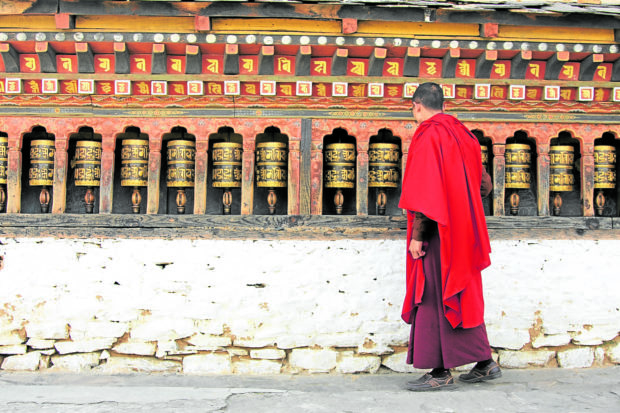
Martel captures these mystical wanderings in an e-book, “The Sacred and Ordinary: Journeys Around Asia,” about pilgrimage places in seven Asian countries where spiritual dispositions are reflected in daily life.
On her very first visit in 2013 to Luang Prabang, a Unesco World Heritage Site, she was captivated by the melding of traditional Laotian architecture with French colonial design, the people’s gentle pace and their devotion to Buddhism.
“The book happened by chance,” Martel says. “You are led to where you should be.”
In 2015, she was set to go to Beijing for Philippine Tatler Traveller, but the bird flu outbreak upended her plans. She figured she could beat her deadline by returning to Luang Prabang for a story.
It was on that second trip to the “Kingdom of a Million Elephants” that she caught the mesmerizing Festival of Lights. The town came alive with the sight of candles and lanterns, the scent of flowers and incense, the sound of drums. She witnessed what it meant for a people to draw strength from faith.
A stark contrast to the multisensory Laotian festival was Wat That Noi, just outside Chiang Mai in northern Thailand, where Martel was spellbound by the deep solemnity of the monks’ evening prayers and chants.
“That was one of the best vacations I ever had,” she says. “I wish pilgrimage places offered more of these aspects. Being taken back to the past so that you might see why people are what they are today, is many times more fulfilling.”
All told, her extraordinary Asian adventure, boyfriend in tow, took all of two years. Their itinerary was shaped by a combination of research, referrals and serendipitous encounters with resource persons. Martel routinely packed leggings, T-shirts, a jacket, a big scarf and sporty shoes for long walks. In a go bag were her camera and first-aid kit—including a hand sanitizer, mosquito repellant, hydrocortisone cream—plus paper towels and toiletries.
Like most foreigners, she habitually carried bottled water and biscuits. “You could get stuck anywhere,” she points out, “even in the car, like we were in Nepal due to a road obstruction.”
In all her trips, she never took a selfie. “I was too immersed with the scene.”
Otherworldly zeal

Writing the book took her four years. It went into production during the pandemic.
It is not like “Eat, Pray, Love,” the bestseller about an American divorcée’s protracted journey from mundane pleasures, through self-discovery and, finally, to enlightenment.
“But,” Martel notes, “there’s some eating and a lot of praying in here, too.”
India’s Bodh Gaya in Bihar state is one of the most revered Buddhist pilgrimage places. There, she says, she was awestruck by the devotees’ otherworldly zeal.
“Their prayers weren’t just for themselves but for the aspirations of all humanity. Imagine being where the Buddha found enlightenment and spoke his first teachings. It was overwhelming.”In Kathmandu, Nepal, where she visited another World Heritage Site, Pashupatinath Temple, Martel was enthralled by the evening aarti, a Hindu ceremony of candlelights and devotional songs to the Lord Shiva. “Though the grounds were dark and desolate,” she recalls, “the sound of bells and ritual music were soulful and joyous.”
Although it has not been surveyed in recent years, the tiny Himalayan kingdom of Bhutan was ranked high many times among much wealthier nations on the World Happiness Report index. Martel understood why this was when she climbed 3,000 meters to the 450-year-old Neyphug Monastery in Paro, west of the capital Thimpu.
A twice-yearly event called Thung Tro (Happy Mind) allows Neyphug’s young monks a respite from the rigors of discipline to engage instead in games, songs and dances.
Martel relates, “Watching them have that much pure fun, it was hard to believe that the monks had come from very poor families in far-flung villages. That day, they just seemed like happy boys who had become part of a larger family.”
She was reminded of an opposite scenario, her encounter with residents of a rural village en route to Bodh Gaya. Street urchins and the elderly followed her, begging for money. Instead of giving what they asked for, she photographed them.
“Hardship was written all over their faces,” she says, “yet each one of those faces was expressive and beautiful.”
What defines her
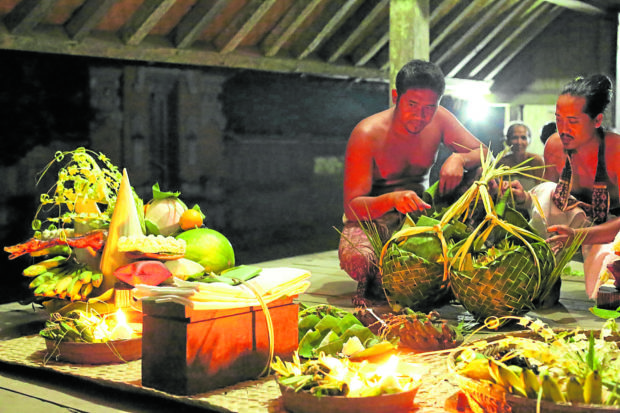
Writing and communications have always been the keystone of Martel’s mettle. Outside of her job in the family real estate business, she writes about travel, arts and culture for a newspaper. She maintains, “Writing defines me.”
She is armed with a bachelor’s degree in International Relations from Marymount Manhattan and a graduate degree in Liberal Studies from New York University.
Upon her return from the United States, she worked as a merchandiser for the Anne Klein label and joined Harrison Plaza, owned by her family at the time, focusing on marketing and communications. Later, as a segment producer for the magazine TV show “Inside Story,” she reported on social issues. She also worked as a speechwriter for then Vice President Gloria Macapagal Arroyo and, concurrently, as special assistant to Presidential spokesperson Rigoberto Tiglao.
In 2007, she wrote a book, “Between East and West” (Anvil Publishing), a compilation of her newspaper travel essays about different cultures.
She explains, “There is a physical journey and a reflection journey. I have learned that there’s no one path to God. Looking into people’s eyes, seeing where they derive their strength from—and finding strength for myself there—makes me a better Catholic.” She especially cites one Buddhist tenet for enlightenment: “Being in the moment.”
Clearly, this out-of-the-ordinary cultural immersion is not for everyone. “Many in the West would go far to find themselves, experience a totally different tradition and learn from it.”
Her advice to travelers is to keep an open mind and imbibe all there is to learn.
“Value every ‘chance’ meeting,” she says. “The unscripted brings rewards.” —CONTRIBUTED INQ
“The Sacred and Ordinary: Journeys Around Asia” e-book is available on Amazon.com and Apple Books.

